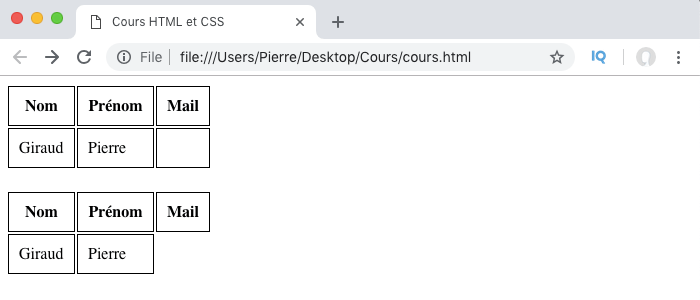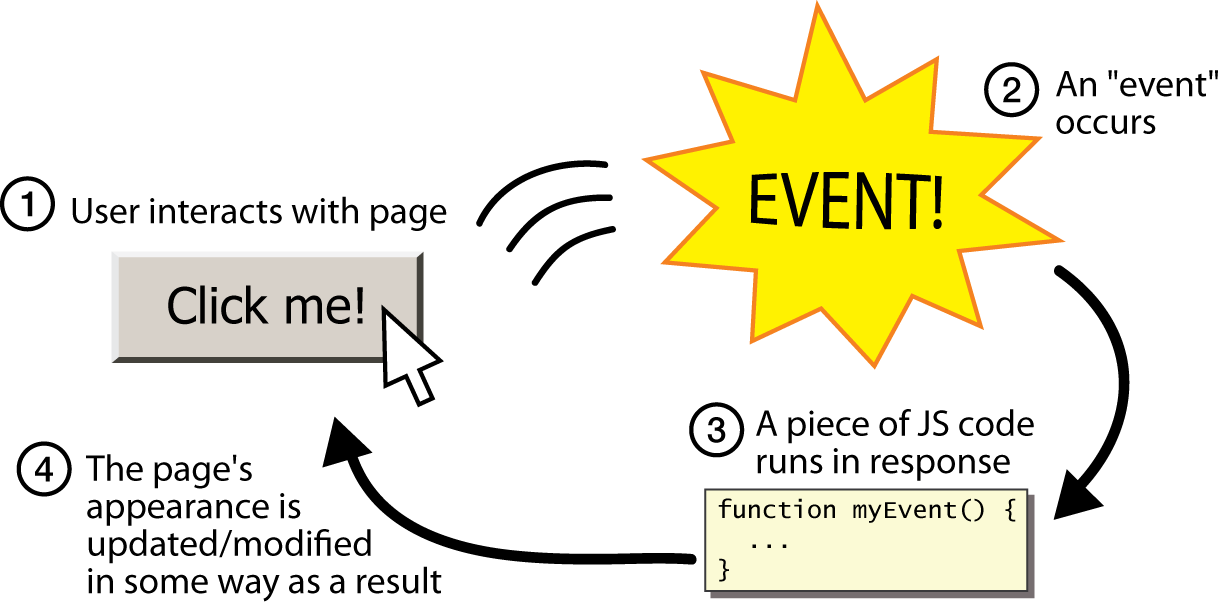Forms
HTML form is used to collect user input. The user input is most often sent to a server for processing.

- < form> Element The HTML <form> element is used to create an HTML form for user input:
<form>
.
form elements
.
</form>
- The < input> Element The HTML < input> element is the most used form element.
| Type | Description |
|---|---|
| < input type=”text”> | Displays a single-line text input field |
| < input type=”radio”> | Displays a radio button (for selecting one of many choices) |
| < input type=”checkbox”> | Displays a checkbox (for selecting zero or more of many choices) |
| < input type=”submit”> | Displays a submit button (for submitting the form) |
| < input type=”button”> | Displays a clickable button |
////////////////////////////////////////////
-
Text Fields The defines a single-line input field for text input.
-
The < label> Element
Notice the use of the < label> element in the example above. The < label> tag defines a label for many form elements.
The < label> element is useful for screen-reader users, because the screen-reader will read out loud the label when the user focus on the input element.
- Radio Buttons The defines a radio button.
Radio buttons let a user select ONE of a limited number of choices.
- Checkboxes The defines a checkbox.
Checkboxes let a user select ZERO or MORE options of a limited number of choices.
- The Submit Button
The defines a button for submitting the form data to a form-handler.
__
The HTML < form> Elements
The HTML < form> element can contain one or more of the following form elements:
- < input>
- < label>
- < select>
- < textarea>
- < button>
- < fieldset>
- < legend>
- < datalist>
- < output>
- < option>
- < optgroup>
_____
LISTS, TABLES AND FORMS
- List Style Type

- List Style Image
- List Style Position
- List Style Shorthand
- Table Properties
- Empty Cells

- Gaps Between Cells
- Styling Text Inputs
- Styling Submit Buttons
- Styling Fieldsets and Legends
- Aligning Form Controls: Problem
- Aligning Form Controls: Solution
- Cursor
_____
HTML Event Attributes

-
The addEventListener() method
x- The addEventListener() method attaches an event handler to the specified element.
x- The addEventListener() method attaches an event handler to an element without overwriting existing event handlers.
- Syntax
element.addEventListener(event, function, useCapture);
-
The removeEventListener() method
The removeEventListener() method removes event handlers that have been attached with the addEventListener() method
Notes :
- Events are the browser’s way of indicating when something has happened (such as when a page has finished loading or a button has been clicked).
- Binding is the process of stating which event you are waiting to happen, and which element you are waiting for that event to happen upon.